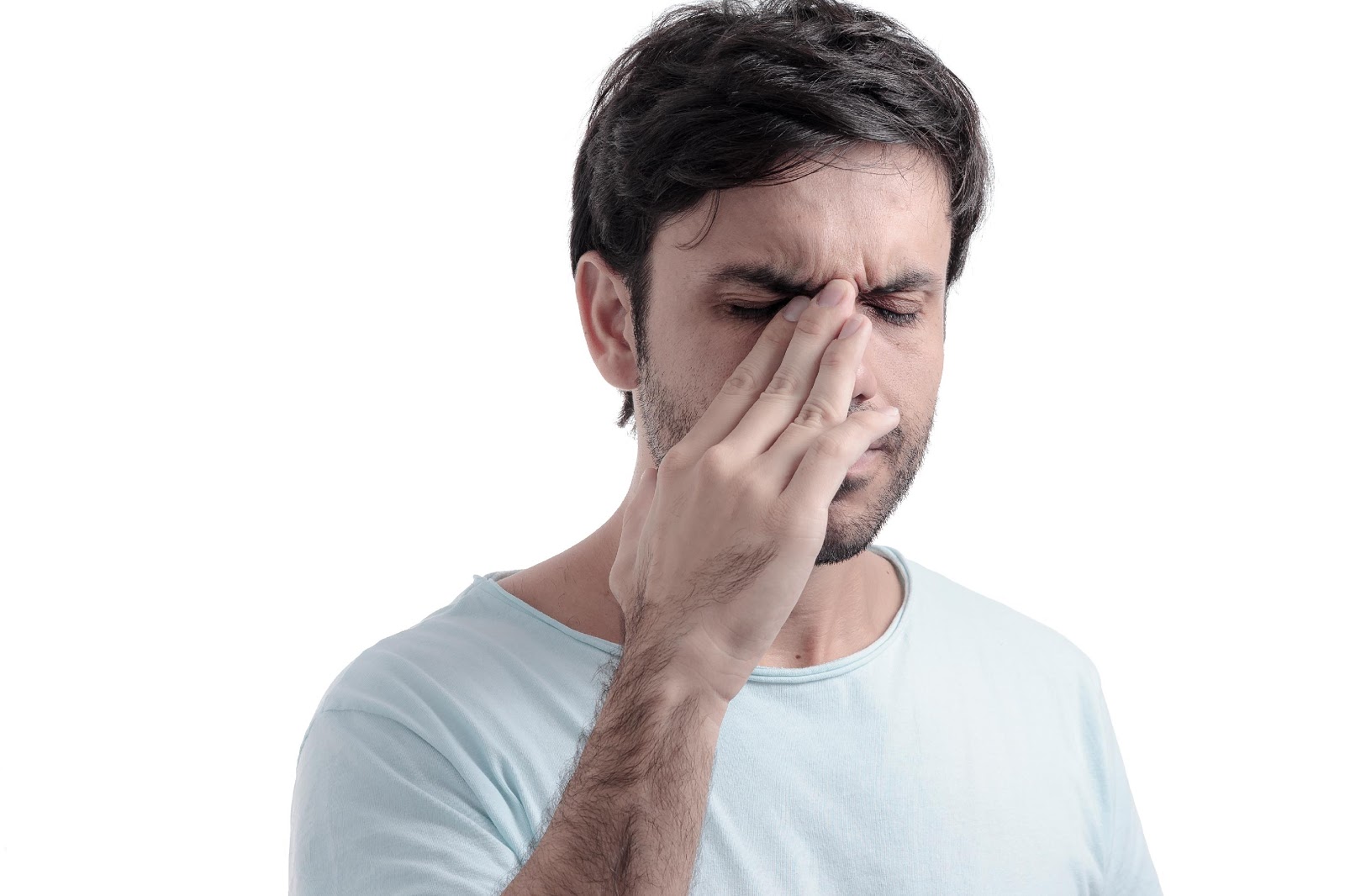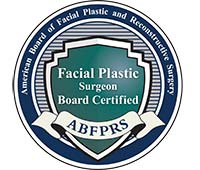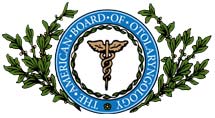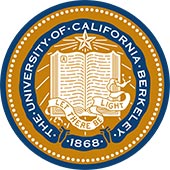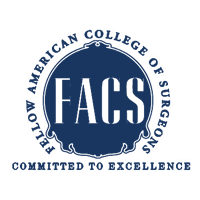Chronic Sinusitis

Chronic rhinosinusitis is a very common medical disorder that affects the nose and inner nasal sinuses with a characteristic inflammation of the mucosa of the internal paranasal sinuses. Chronic sinusitis is defined as persistent sinus and nasal symptoms that last greater than 12 weeks. The underlying cause of chronic rhinosinusitis is incompletely understood, however, generally, inflammation due to a variety of causes is felt to be the better explanation rather than simply focusing on an infection as the primary source.
Chronic rhinosinusitis significantly affects the quality of life of millions of individuals in the United States and it is a significant cause of healthcare dollar expenditure. Treatment for chronic sinusitis is multi-faceted and there is no clear-cut single standard management. Conservative management includes medical and topical nasal medications, which are most commonly utilized initially, but vary in scope of treatment type depending on duration, chronicity, and whether or not nasal polyposis, active bacterial infection, or allergic fungal rhinosinusitis are deemed to be present. Sinus surgery is utilized when problems are persistent and problematic.
EPIDEMIOLOGY
Due to millions of individuals being affected by sinusitis in the United States, 18 million medical visits to physicians for sinusitis related problems occur each year. Chronic rhinosinusitis is the fifth-most common cause for antibiotic prescription. In surveys of individuals in the United States, up to 15% to 16% indicated that they have chronic rhinosinusitis. In other countries including Europe, Scotland, Canada, and Korea, the prevalence of chronic rhinosinusitis can range from 1% to 11%. Chronic rhinosinusitis with nasal polyposis can occur in 0.5% to 4.3% in studies performed in France, Finland, Sweden, and Korea. Autopsy studies have suggested a prevalence of chronic sinusitis in the 42% range. The average age of onset for nasal polyposis is approximately 42 years.
DIAGNOSIS OF CHRONIC RHINOSINUSITIS
Chronic rhinosinusitis is diagnosed when the characteristic and specific symptoms of sinusitis involving the nasal cavity and paranasal sinuses last for more than 12 weeks. In addition, a confirmation by nasal endoscopy and radiographic imaging such as CT scan provides additional assistance with this diagnosis. There is felt to be a multitude of causes for the inflammation of the mucosa in the sinonasal and nasal cavity regions. Successful treatment can be challenging but in most cases significant success can be achieved. specific symptoms of sinusitis involving the nasal cavity and paranasal sinuses last for more than 12 weeks. In addition, a confirmation by nasal endoscopy and radiographic imaging such as CT scan provides additional assistance with this diagnosis. There is felt to be a multitude of causes for the inflammation of the mucosa in the sinonasal and nasal cavity regions. Successful treatment can be challenging but in most cases significant success can be achieved.
Commonly, the diagnosis of chronic sinusitis is indicated when individuals have some or all of the following symptoms:
- Greater than 12 weeks duration of sinus symptoms
- Nasal airway obstruction
- Nasal congestion and nasal drainage
- Paranasal sinus pain or pressure
- Diminished smell
- Headache
- Diminished taste
- Inflammation of sinuses on CT scan
- Inflammation and swelling of nasal cavity mucosa on nasal endoscopy
FACTORS ASSOCIATED WITH CHRONIC RHINOSINUSITIS
The cause of chronic rhinosinusitis is most likely multifactorial in origin. Interestingly, there are a number of causative factors that are commonly associated with chronic rhinosinusitis. These need to be taken into account when developing the treatment plan for anyone with this condition.
Common etiological factors associated with chronic rhinosinusitis include the following:
- Mucociliary dyskinesia
- Cystic fibrosis

- Granulomatous disease
- GERD
- Aspirin hypersensitivity
- Nasal polyposis
- Asthma
- Immunodeficiency syndromes
- Significant upper respiratory tract viral infection
- Environmental irritant factors (i.e. dust, smog, smoke, chemicals)
- Previous nasal trauma and nasal septum deviation
- Chronic allergic rhinitis
- Kartagener’s syndrome
- Sinus bacterial infection
- Fungal infection
The multitude of associated factors with sinusitis suggests that chronic rhinosinusitis is a spectrum of diseases which is not essentially limited to a bacterial infection. This diversity lends itself to a broad range of medical and surgical treatments considerations. Once the diagnosis of chronic rhinosinusitis has been determined, targeted treatment is tailored for each specific individual.
When any one or combination of the above factors is encountered, the sinuses can become inflamed. Anytime there is inflammation, a bacterial infection can ultimately ensue. Staphylococcus aureus is the most common bacterial pathogen identified in chronic rhinosinusitis in the US and western countries. Other very common organisms include: Staphylococcus pneumonia, Moxarella catarrhalis, Streptococcus pyogenes, and anaerobic gram-negative bacteria. Polymicrobial floras are also commonly seen in chronic rhinosinusitis patients. Results of cultures performed on sinuses of individuals who have had sinus surgery have found organisms such as Pseudomonas, Klebsiella, Enterobacter, and Staphylococcus species.
RADIOGRAPHIC EVALUATION
Computed tomography or CT scan of the sinuses is the most important and commonly utilized diagnostic study which assists and confirms the diagnosis of sinusitis. This study focuses on the nasal cavity and sinuses and particular attention is paid to the degree of sinus obstruction (closure), and sinus membrane inflammation (mucosal thickening). Although MRI provides less radiation risk than a CT scan, a CT scan provides a better look at the boney components, and is less expensive. MRI provides a slight degree of enhanced soft tissue definition. Nonetheless, CT scan is the more standard testing modality, and they both provide reasonably similar accuracy of staging and level of sinonasal pathology.
MEDICAL TREATMENT
The initial line of treatment for chronic rhinosinusitis is medical therapy. Medical treatment is directed towards the underlying cause(s) of chronic rhinosinusitis, the inflammation, and the suspected infection. A variety of medications are utilized including both topical and oral options. Common oral medical remedies include oral corticosteroids, antibiotics, antihistamines, and other non-steroidal immune modulating medications. Oral steroids can provide significant reduction in mucosal swelling, but there are concerns related to long-term use. Another modality of therapy is provided trans-nasally, which is a somewhat newer option. Various therapeutic agents can be delivered into the nasal cavity and thus sinonasal tract via a host of delivery options such as saline irrigations, aerosols, and sprays. Sinus surgery plays a vital role for persistent problems when aggressive medical treatment, and a tincture of time, fail to resolve the frustrating problem.
TOPICAL MEDICAL THERAPY
Common topical nasal treatment for chronic rhinosinusitis including the following:
- Nasal saline irrigation (without medication)
- Nasal steroid spray.
- Non-steroidal immunomodulation nasal spray.
- Nasal saline aerosol or mist antibiotic spray.
Topical steroid nasal sprays include glucocorticoids, which are most common and noted as the mainstay of treatment for chronic rhinosinusitis. These steroids will specifically target the local mucosa to achieve the anti-inflammatory effect, which reduces the swelling and propensity for infection. These sprays act locally for the most part thus there is minimal concern for systemic effects. Overall, there is an excellent record of safety with topical nasal sprays even when provided over a long period of time. Common nasal sprays include the following:
- Fluticasone.
- Mometasone.
- Budesonide.
- Ciclesonide.
- Flunisolide.
- Fluticasone.
- Beclomethasone.
- Triamcinolone.
TOPICAL ANTIBIOTICS
Antibiotic intranasal spray therapy has become popular with recent years. High concentrations of specific antibiotic drugs can be delivered to the nasal cavity and thereby reducing the potential side effects related to systemic oral treatment. Often times, this is performed at the same time with nasal saline irrigations or oral antibiotics. Common intranasal spray regimens include the following:
- Bactrian
- Clindamycin
- Neomycin
- Gentamycin
ORAL STEROIDS
Oral corticosteroids can be used as a short-term treatment and are particularly helpful for individuals with sinusitis that includes nasal polyposis. Oral steroids are utilized for a short period of time 6-10 days and have been shown to provide reduction in symptoms as well as reduction in nasal polyp size and improvement in the nasal breathing performance. Long-term use is rarely suggested due to the concerns for the long-term related side effects.
ORAL ANTIBIOTICS
Oral antibiotics are extremely commonly prescribed for chronic rhinosinusitis despite the fact that sinusitis is felt to be more multifactorial in origin and less specifically bacterial in origin alone. The overall success of oral antibiotic therapy is surprisingly minimal. Long-term or repeated treatment with oral antibiotics gives rise to concern for the emergence of resistant bacterial nasal strains.
ANTIFUNGAL TREATMENT
Chronic rhinosinusitis is a multifactorial disease process and fungi have been suggested as a potential cause. Oral antifungals are sometimes utilized, and topical amphotericin has been suggested as a reasonable consideration for treatment for some individuals.
ENDOSCOPIC SINUS SURGERY
When medical therapy does not provide sufficient relief, when the suffering individual is significantly frustrated, when month after month goes by and the problem persists, when antibiotic resistance becomes more of a concern due to repeated regimens, it is time for Endoscopic Sinus Surgery. In the majority of instances of chronic sinusitis refractory to medical treatment, endoscopic sinus surgery provides significant relief.

Despite medial treatment, prolonged symptoms and suffering is common. Medical treatment is often not capable of providing sufficient relief. The term “chronic sinusitis” means that the nasal sinuses are inflamed on a “chronic” basis. It is not called “temporary” sinusitis for a reason. Thus, the goals with treatment are to provide as great a level of relief as possible, understanding that in most instances, cure is a long shot.
The prolonged frustration with chronic sinusitis is well experienced by millions of people in the US, and for these individuals, endoscopic sinus surgery has proven to be a game changer. Endoscopic sinus surgery provides removal of any polyps, opening of a closed nasal air passage, and most importantly, relief of the obstruction of the narrow or closed sinuses. When the sinuses are opened, the passage of mucus, infection, or any stagnant debris can be better delivered from the sinus to the nose and pass from the aero-digestive tract. Also, endoscopic sinus surgery attempts to decrease the inflammation, mucositis, loss of mucociliary function, and osteitis that occurs in the paranasal sinus regions that has manifested due to the ongoing and persistent sinus obstruction, inflammation, and infections. There is an overall desire to restore normal nasal passage function, proper nasal airway, and mucociliary function which is needed for proper delivery and auto-cleaning of the sinuses and nasal cavity.
Endoscopic sinus surgery is performed under general anesthesia. During the procedure the endoscope is critical in providing meticulous evaluation and location of the areas of concern. It is placed within the nasal cavity, for visualization of the nasal cavity and the communicating sinuses. Stereotactic guidance (simultaneous video screen view of instrument positioning within the nasal and sinus cavities) is also used and is additionally extremely helpful. With this combination of endoscope, and video stereotactic guide, the precision of surgery is significantly enhanced. Commonly, a micro debriding instrument is employed as well and aids in precisely removing obstructing tissue, swollen mucosa, or obstructing polyps. Essentially, the microdebrider trims obstructing tissue, which opens the sinuses doorways. Also, any obstruction due to a deviated (cartilaginous and boney central) septum is corrected. And, prominent turbinate membranes are trimmed or reduced as needed. Thus, the inflamed and obstructed nasal sinuses are corrected via opening of the nasal cavity, opening of the sinuses, and reduction of redundant swollen turbinate membranes.
The overall goal is to reduce the symptoms of chronic sinusitis, particularly the problematic headache and paranasal sinus pressure and pain. In the majority of instances, patients achieve improvement of their overall symptoms and improvement in their quality of life. The nagging sinusitis symptoms that lead to a particular feeling of malaise and illness, is reduced. Only after the surgery, do patients better appreciate what it feels like to have normal nasal and sinus function. Importantly, medical treatment is provided after sinus surgery to reduce the likelihood of the return of problematic sinusitis.
There are numerous studies that articulate the benefit of endoscopic sinus surgery for chronic sinusitis, including those patients with or without nasal polyposis. Approximately 15% to 20% of individuals will require repeat sinus surgery and this is particularly true for individuals who have extensive polyps, bronchial asthma, aspirin intolerance, or cystic fibrosis. A specific individualized approach for chronic sinusitis is required for all individuals due to the multi-factorial aspect of chronic rhinosinusitis. Both medical and surgical treatments are the mainstay of therapy and generally provide satisfactory improvement in the majority of individuals.
Balloon Sinuplasty
Balloon sinuplasty has become an additional technology within the Sinus Surgeon’s armamentarium that provides even additional finesse for sinus surgery, and adds to the great additions of stereotactic guidance and endoscopic visualization technologies. Particularly, when treating the narrow frontal sinus, and the hard to get to sphenoid sinus, balloon sinuplasty provides less invasive and greater finesse opening of these sinuses. Many sinus surgeons are performing balloon sinus surgery under local anesthesia. The combination of endoscopic approach, stereotactic guidance, and balloon sinuplasty technologies, in the hands of an experienced Board-Certified Otolaryngologist, provides an effort for alleviation of chronic sinusitis never seen before.
A Few Reasons to Choose Facial Beauty
Low Risk Procedures
Every procedure requires some for of anesthesia and traditionally this is a General Anesthesia, meaning you are completely knocked out. At Facial Beauty, we utilize cutting-edge local anesthesia procedures where you are not fully knocked out but completely comfortable. The advantage of Local Anesthesia that there are less complications & faster recovery time. Our procedures generally take from an hour and thirty minutes to no more than three hours, allowing us to dramatically reduce any risk involved in the procedure.


Limited Downtime
Simple & Affordable Financing
At Facial Beauty, we offer low monthly payment plans and pre-qualifications for any additional treatments, affordability has never been easier. If you’ve ever let financing stand in your way of a new you, come talk to us about options you may not know you had. We can even do pre-approvals over the phone so please feel free to call us anytime.I am text block. Click edit button to change this text. Lorem ipsum dolor sit amet, consectetur adipiscing elit. Ut elit tellus, luctus nec ullamcorper mattis, pulvinar dapibus leo.

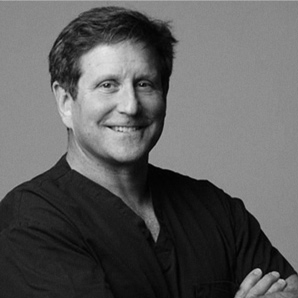
David Santos MD, FACS
Dr David Santos was the Medical Director for Lifestyle Lift, responsible for hundreds of facelift surgeons and thousands of procedures. Having performed over 4,000 facelift procedures himself, Dr. Santos is committed to finding cutting edge techniques to reduce the risk and minimize the downtime of facelift procedures.
- Member American Board of Facial Plastic and Reconstructive Surgery
- Member American Board of Otolarnyngology – Head and Neck Surgery
- Member American Academy of Facial Plastic and Reconstructive Surgery

